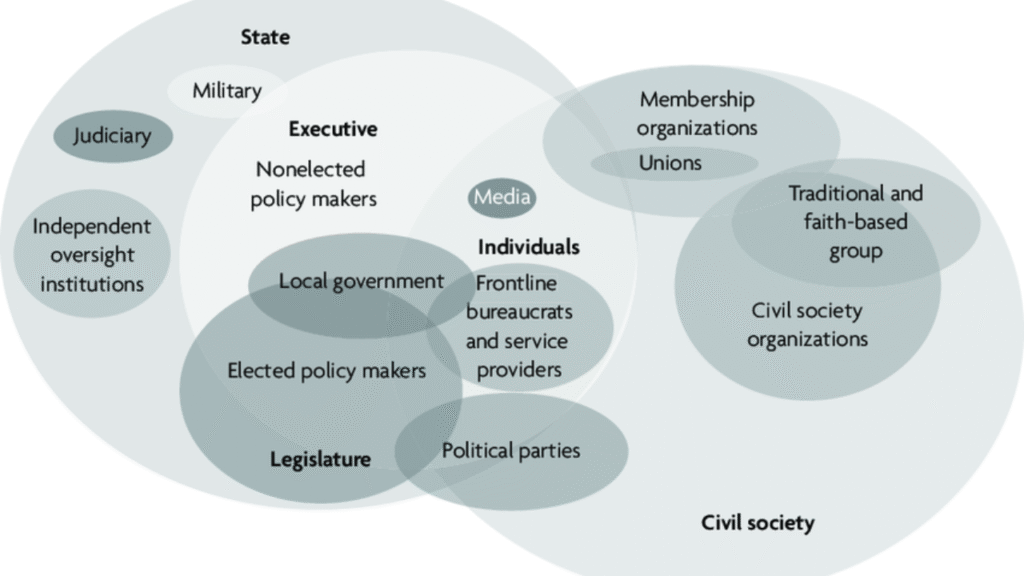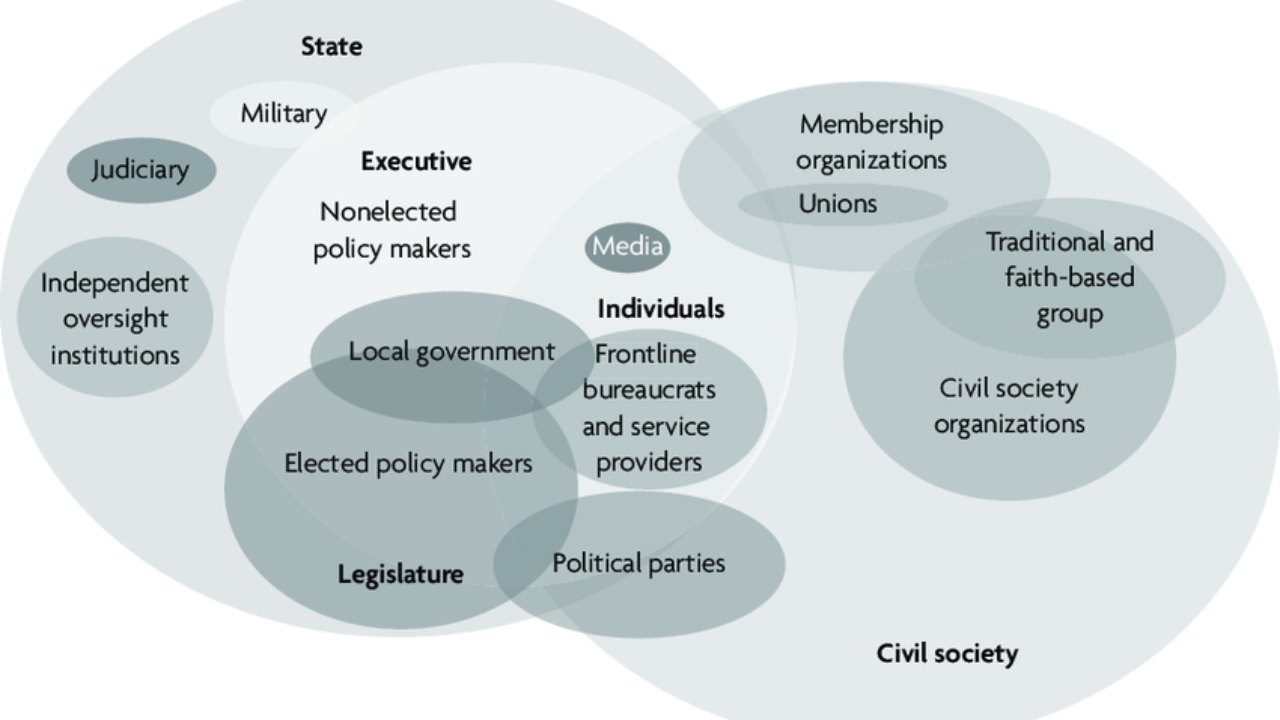
Trust is the foundation upon which the legitimacy of legal institutions is built. Without public confidence, courts, law enforcement, and regulatory bodies risk becoming ineffective, irrelevant, or even feared. In many regions, historical injustices, lack of transparency, corruption, and discriminatory practices have created a deep rift between legal institutions and civil society. Rebuilding this trust is not just about reforms—it’s about meaningful engagement, accountability, and fairness. This article explores how to restore and strengthen the relationship between legal institutions and the public they serve.
Why Trust Matters in Legal Systems
Trust ensures cooperation, compliance, and peaceful conflict resolution. When people believe in the fairness of the system, they’re more likely to:
- Obey laws voluntarily.
- Report crimes and cooperate with investigations.
- Respect court decisions, even when unfavorable.
- Participate in democratic and civic processes.
Breakdown of Trust Leads to:
- Increased vigilantism or parallel justice systems.
- Reduced reporting of crimes, especially in vulnerable communities.
- Greater polarization and social unrest.
Key Barriers to Trust Between Legal Institutions and Civil Society
- Lack of Transparency
- Legal processes are often complex, opaque, and inaccessible.
- Closed-door decisions and lack of public information fuel suspicion.
- Corruption and Nepotism
- Bribery, favoritism, and political interference erode the perception of impartial justice.
- When outcomes appear “for sale,” public faith crumbles.
- Discrimination and Bias
- Marginalized groups often face disproportionate legal consequences.
- Gender, race, caste, or economic status can skew enforcement and rulings.
- Delayed Justice
- Justice delayed is justice denied.
- Long trial durations or bureaucratic delays cause frustration and hopelessness.
- Lack of Civic Participation
- Communities feel disconnected from the institutions that govern them.
- When citizens feel unheard, distrust deepens.
Table: Root Causes of Public Distrust and Their Impact
| Cause of Distrust | Explanation | Public Impact |
|---|---|---|
| Lack of Transparency | Opaque processes, no public oversight | Suspicion, misinformation, fear |
| Corruption | Bribes, political interference | Loss of faith, lower legal compliance |
| Bias and Discrimination | Unequal treatment of minorities or poor | Alienation, social division |
| Delayed Justice | Prolonged trials, overburdened courts | Perception of inefficiency, erosion of hope |
| Civic Disengagement | People excluded from legal reform processes | Apathy, alternative justice-seeking behaviors |
How to Rebuild Trust: Strategies and Solutions
1. Transparency Through Technology
- Live-streaming court proceedings.
- Publishing judicial decisions in accessible language.
- Open data initiatives for crime statistics and case backlogs.
2. Strengthening Accountability
- Independent commissions to investigate misconduct or corruption.
- Disciplinary mechanisms for unethical legal professionals.
3. Inclusive Legal Reforms
- Consulting civil society in drafting new laws or revising outdated ones.
- Ensuring representation of marginalized voices in reform committees.
4. Community Legal Outreach
- Legal literacy campaigns in schools, villages, and urban areas.
- Mobile legal clinics offering free or subsidized legal aid.
5. Timely and Accessible Justice
- Fast-track courts for vulnerable cases (e.g., sexual violence, juvenile justice).
- Use of alternate dispute resolution (ADR) methods like mediation or arbitration.
6. Civic Participation Platforms
- Community boards to voice concerns and suggest improvements.
- Citizen juries or advisory groups to assess justice delivery performance.
Overview Table: Pillars for Trust Restoration
| Pillar | Function |
|---|---|
| Transparency | Builds openness and reduces suspicion |
| Accountability | Prevents abuse of power |
| Inclusivity | Ensures laws reflect the diversity of society |
| Education & Awareness | Empowers citizens to engage with legal systems |
| Speed and Fairness | Reinforces belief in system effectiveness |
| Dialogue and Participation | Bridges the gap between law and lived experience |
Success Stories: What Works Around the World
- Kenya’s Huduma Centres offer government and legal services under one roof, increasing accessibility and reducing corruption.
- India’s Legal Services Authority conducts legal awareness camps and Lok Adalats (people’s courts) to reduce case pendency and build community trust.
- Norway’s Police Dialogue Units focus on community engagement, reducing tensions and increasing reporting among immigrants and minorities.
Challenges in Rebuilding Trust
- Entrenched Corruption: In systems where corruption is systemic, reforms are often resisted internally.
- Public Cynicism: Years of neglect or injustice can make citizens skeptical of any new efforts.
- Resource Constraints: Legal aid, outreach, and reforms require funding and political will.
Path Forward: Making Justice a Shared Goal
Rebuilding trust is a gradual but essential process. Legal institutions must not see themselves as rulers but as partners in social harmony. Civil society, in turn, must move from criticism to engagement. When justice is co-created—with transparency, fairness, and participation—it becomes not just a system, but a shared value.
3 One-Line FAQs
Q1: Why is there distrust in legal institutions?
Because of issues like corruption, discrimination, lack of transparency, and delayed justice.
Q2: How can legal systems earn public trust again?
By ensuring accountability, promoting transparency, and engaging citizens in reforms.
Q3: What role does civil society play in legal reform?
Civil society offers grassroots insights, holds institutions accountable, and drives inclusive change.

